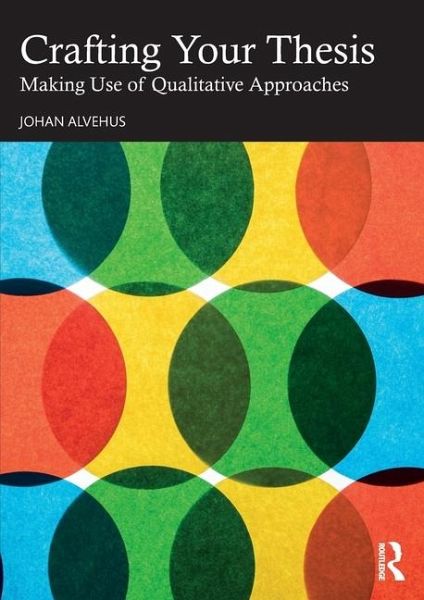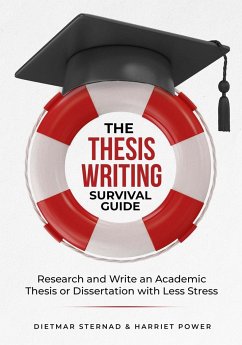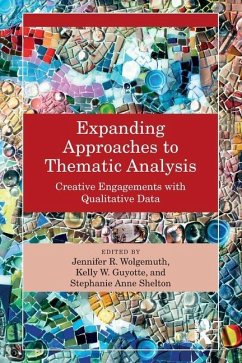
Crafting Your Thesis
Making Use of Qualitative Approaches
Versandkostenfrei!
Versandfertig in 6-10 Tagen
42,99 €
inkl. MwSt.
Weitere Ausgaben:

PAYBACK Punkte
21 °P sammeln!
At the beginning of writing a thesis, many questions arise, for example:- How do I know that I have formulated a relevant research problem?- Have I chosen the right empirical method?- Are interviews or observations appropriate?- How should I structure my text to get my point across in the best way?- What exactly is a theory?- How can the quality of my work be assessed?Crafting Your Thesis is a broad and accessible handbook in qualitative methods that gives you clear and concise answers to these questions - and many more. The book can be used both in introductory university courses, where you a...
At the beginning of writing a thesis, many questions arise, for example:
- How do I know that I have formulated a relevant research problem?
- Have I chosen the right empirical method?
- Are interviews or observations appropriate?
- How should I structure my text to get my point across in the best way?
- What exactly is a theory?
- How can the quality of my work be assessed?
Crafting Your Thesis is a broad and accessible handbook in qualitative methods that gives you clear and concise answers to these questions - and many more. The book can be used both in introductory university courses, where you as a student encounter questions of method for perhaps the first time, and right up to Master's thesis level, where it gives a quick overview of different available qualitative methods and highlights questions that must be dealt with when crafting the thesis.
- How do I know that I have formulated a relevant research problem?
- Have I chosen the right empirical method?
- Are interviews or observations appropriate?
- How should I structure my text to get my point across in the best way?
- What exactly is a theory?
- How can the quality of my work be assessed?
Crafting Your Thesis is a broad and accessible handbook in qualitative methods that gives you clear and concise answers to these questions - and many more. The book can be used both in introductory university courses, where you as a student encounter questions of method for perhaps the first time, and right up to Master's thesis level, where it gives a quick overview of different available qualitative methods and highlights questions that must be dealt with when crafting the thesis.














